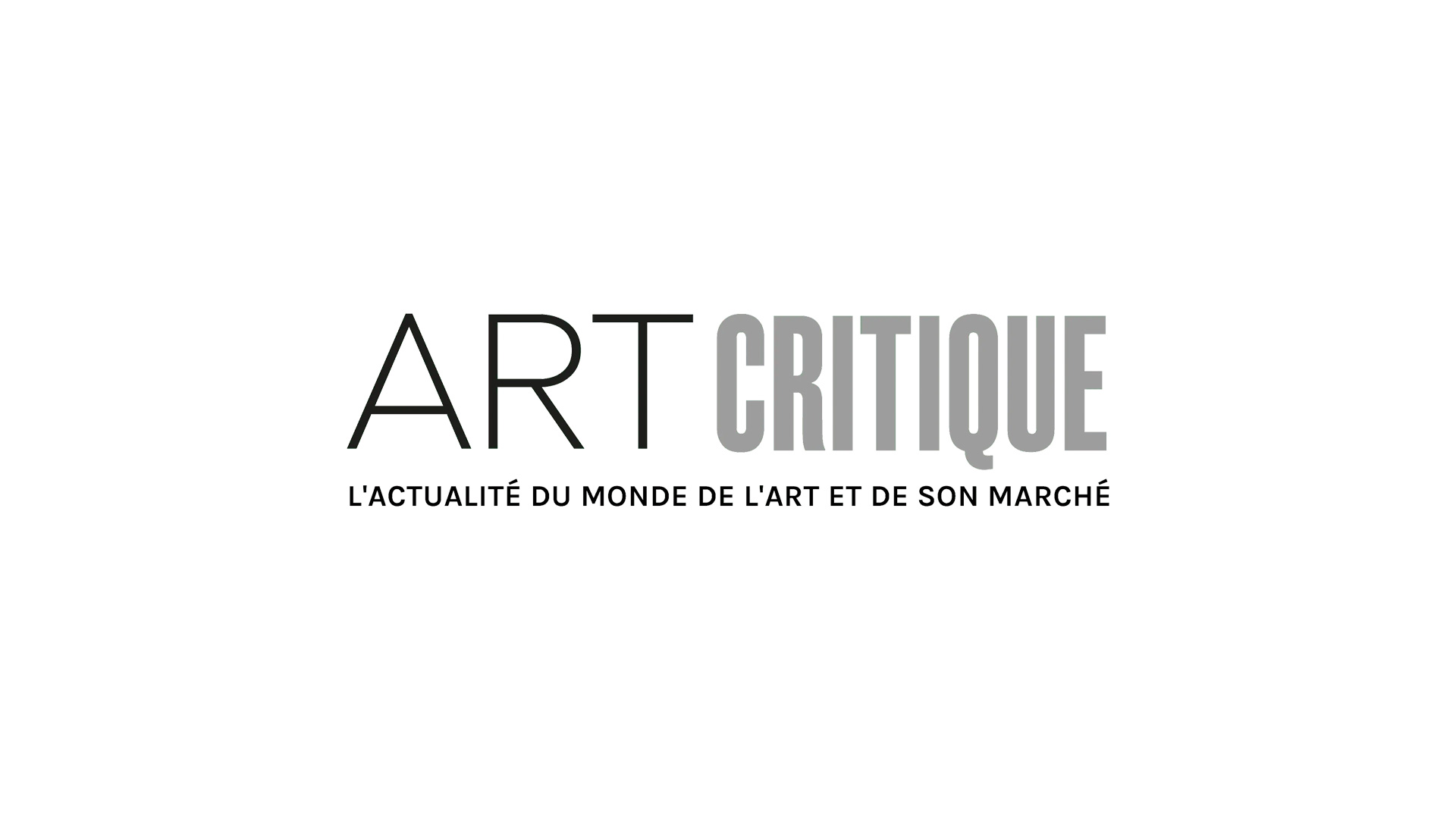The exhibition being shown by Galerie Nationale d’art Ancien of Rome at Palais Barberini may be small in scope (not because of the size of the paintings!), but it’s significant in what it reveals about a time that’s very important to all enthusiasts, and especially those who have read Yves Bonnefoy: Rome during the period from 1630-1640. It was then that a young Calabrian painter named Mattia Preti arrived in town to join his brother Gregorio, who was 10 years older, at his workshop. Their partnership produced several important pieces, beginning with the one that was the inspiration for this spring’s exhibition: the monumental Allegory of the Five senses, (c. 2 x 4 m), previously unseen by the public because it had been hanging in a military base. Its transfer to museum collections provided an opportunity for the piece to be restored and to undergo an in-depth technical diagnostic study which revealed the painting’s origins and also uncovered the many times it had been repainted. Allegory, whose date can be traced to the first half of the 1640s, was painted by both brothers and is composed of different scenes against the background of a concert at an inn; the piece is completed by a splendid bit of Caravaggism where a gypsy tells a soldier’s fortune. The restoration also revealed the full artistic and colourful magnitude of this masterpiece which, in some ways, the brothers had been “training” for when they painted Concert, another full-sized painting, which had been stored in Turin and then prepared for transportation to Rome (there are other pieces that deal with the same subject in Aricia, Madrid and in Galerie Doria Pamphili).
Allegory is but one of about 12 canvasses from the 1630s and 1640s, some of them are originals but all are worthy of admiration. Particularly noteworthy is the spectacular Christ and the Canaanite Woman, from the former Colonna collection, which is being presented to the public for the first time. This piece, which depicted a theme that was important to Mattia, has a chatoyance that is distinctly Venetian – we know that this southern artist was well aware of the significance of Venetian Nationalism; the movement was gaining in popularity between 1646-47, which was precisely when he was leaving his older brother’s studio to strike out on his own. Three pieces in the gallery’s collection, including a one small study of a chubby young girl wearing a coral necklace, have now been attributed to Mattia Preti and are also a part of the exhibition.

Having a thorough understanding of the training of such a major figure of 17th century Roman and Neapolitan art makes it easier to bring his work down from its pedestal and return it to the context of great commissioned painting, a feat achieved by this excellent catalogue which is destined to be cited by many. Gregorio may have appeared wiser, more diligent but he was certainly not lacking in talent and movement. Mattia, undoubtedly, had more of a spark. His chiaroscuros are robust, displaying a thorough dedication to the lessons learned from Caravaggio (of whom Preti would prove to be one of his most consistent heirs). His portraits were also remarkable, especially because of their expressive power which sometimes almost seemed forced, especially with the elderly who were often the subject of his studies. It’s quite possible that this was the result of a sensual nature more than a passion for beautiful subjects and effects. His treatment of fabrics is often sumptuous, such as on the golden yellow reverse side of the guitar player featured in the concert of Allegory – even if a beautiful Saint Bonaventure, all in shades of brown and gray, reveal Preti in a minor key which is not without merit. All of the pieces brought together for the Palais Barberini exhibit may be in the developing stages but nevertheless they still stimulate the desire for a deeper understanding of great 17th century art.
The Triumph of the Senses: New Light on Mattia and Gregorio Preti – Palais Barberini, Rome – from February 22 to June 16, 2019.
Illustrations : Courtesy of Galerie Nazionale d’Arte Antica, Rome






